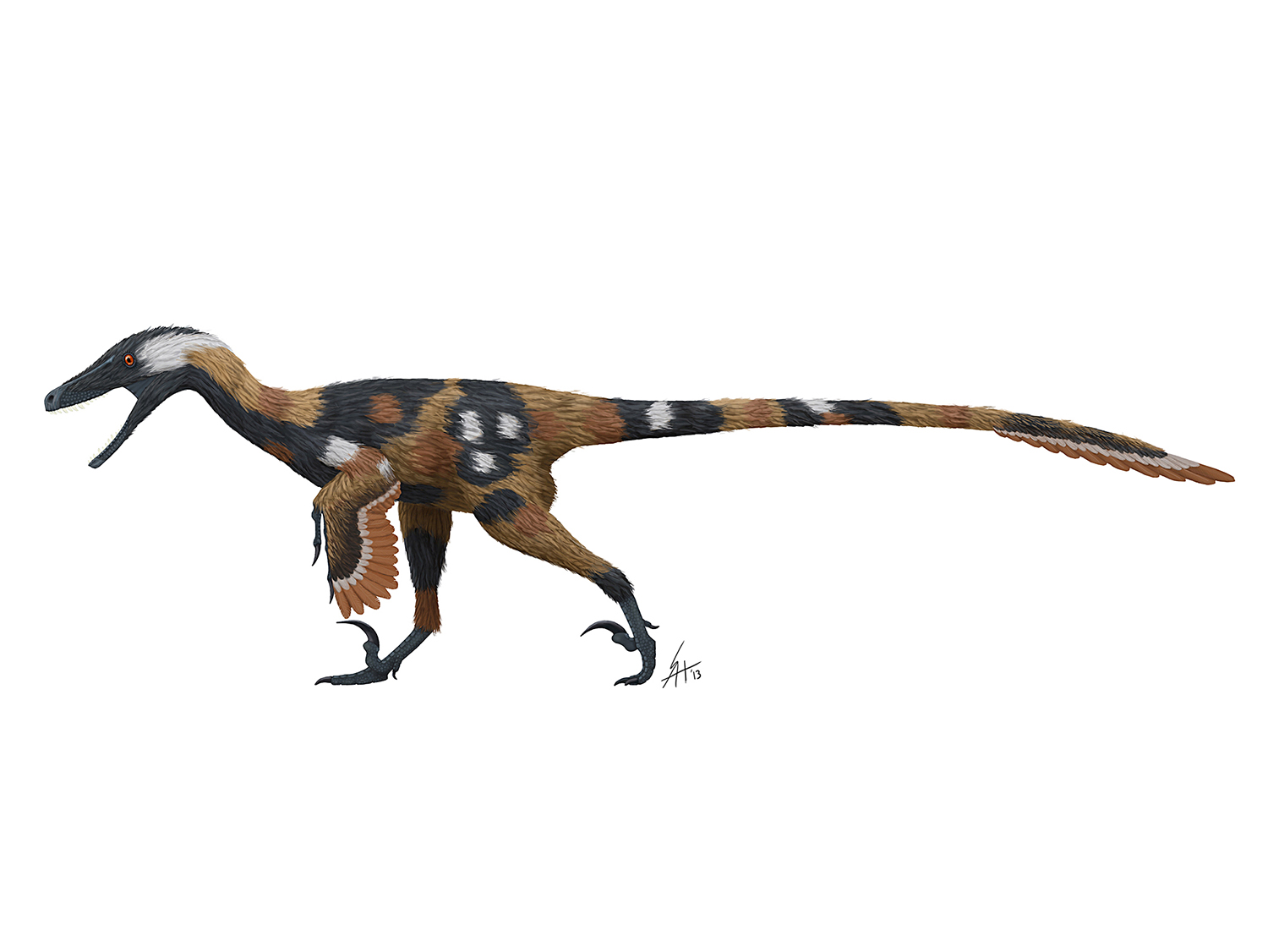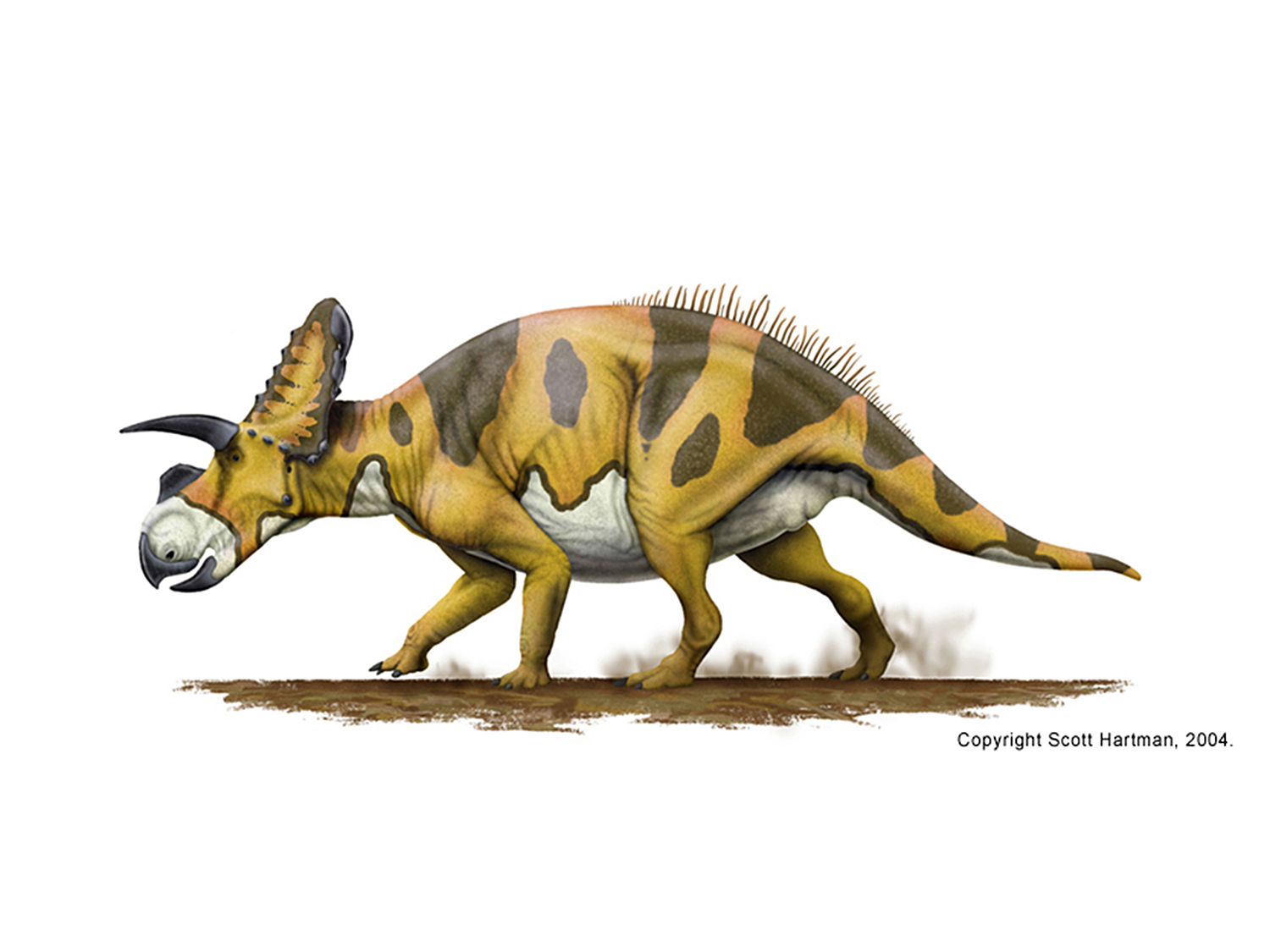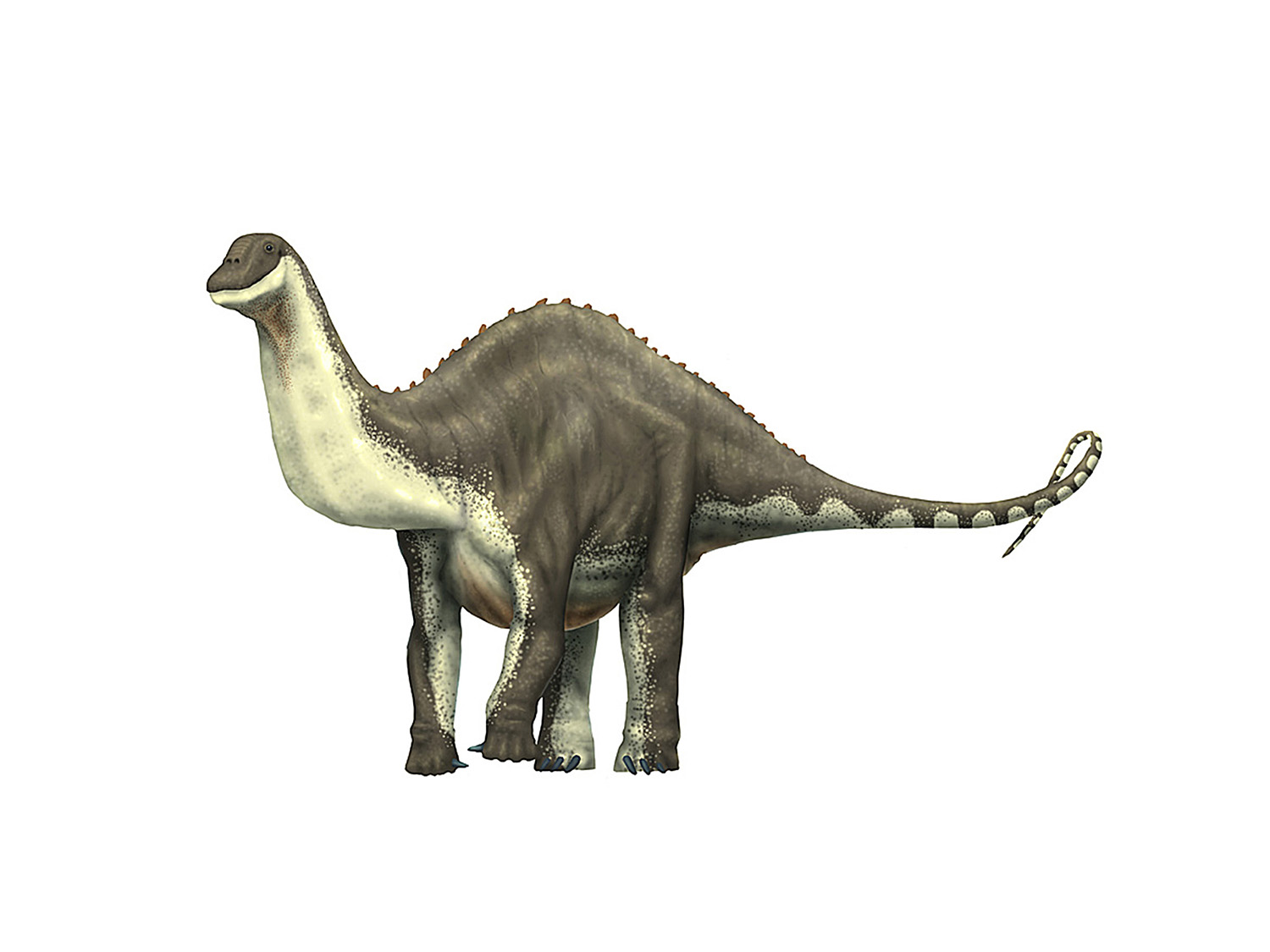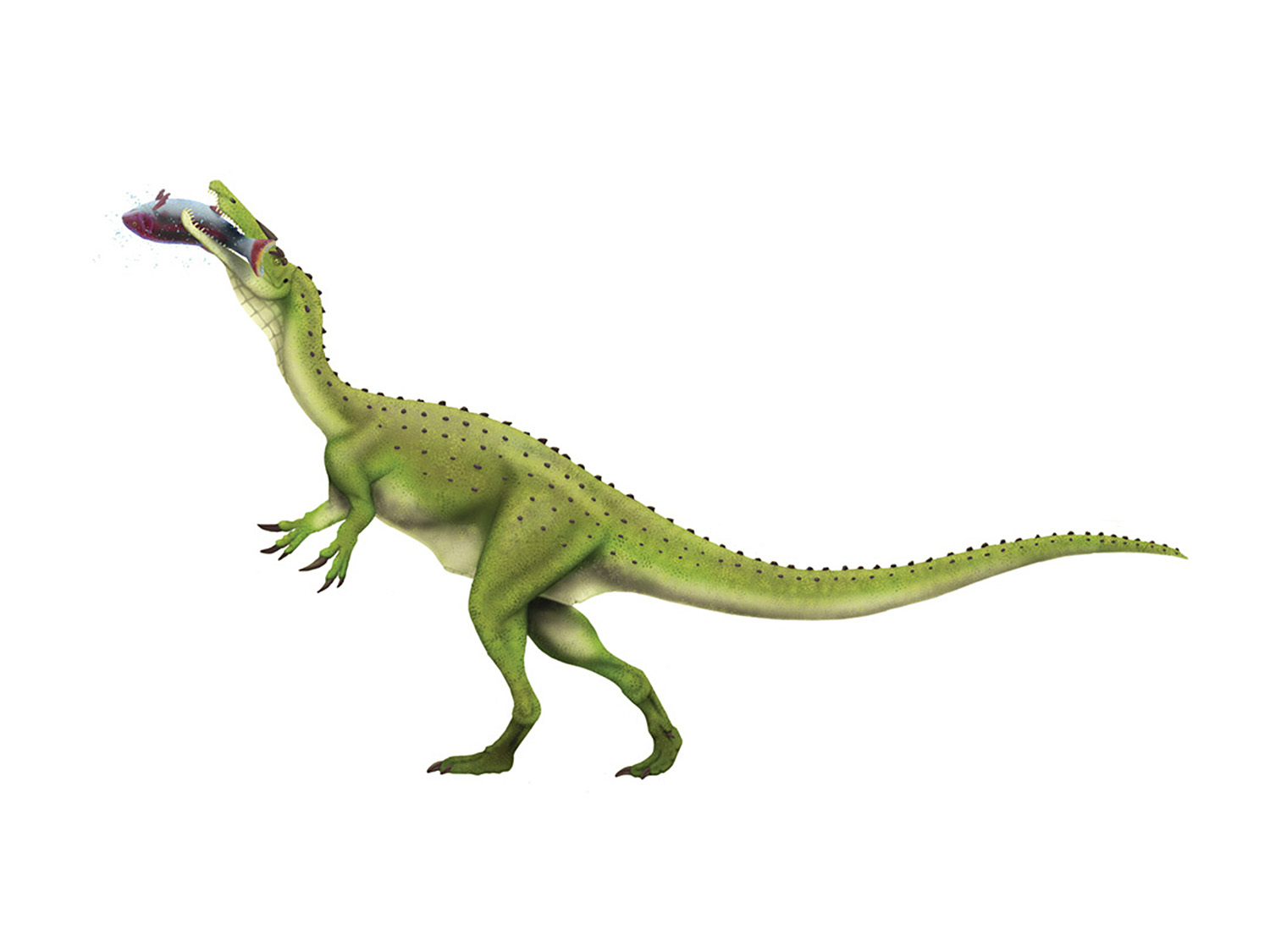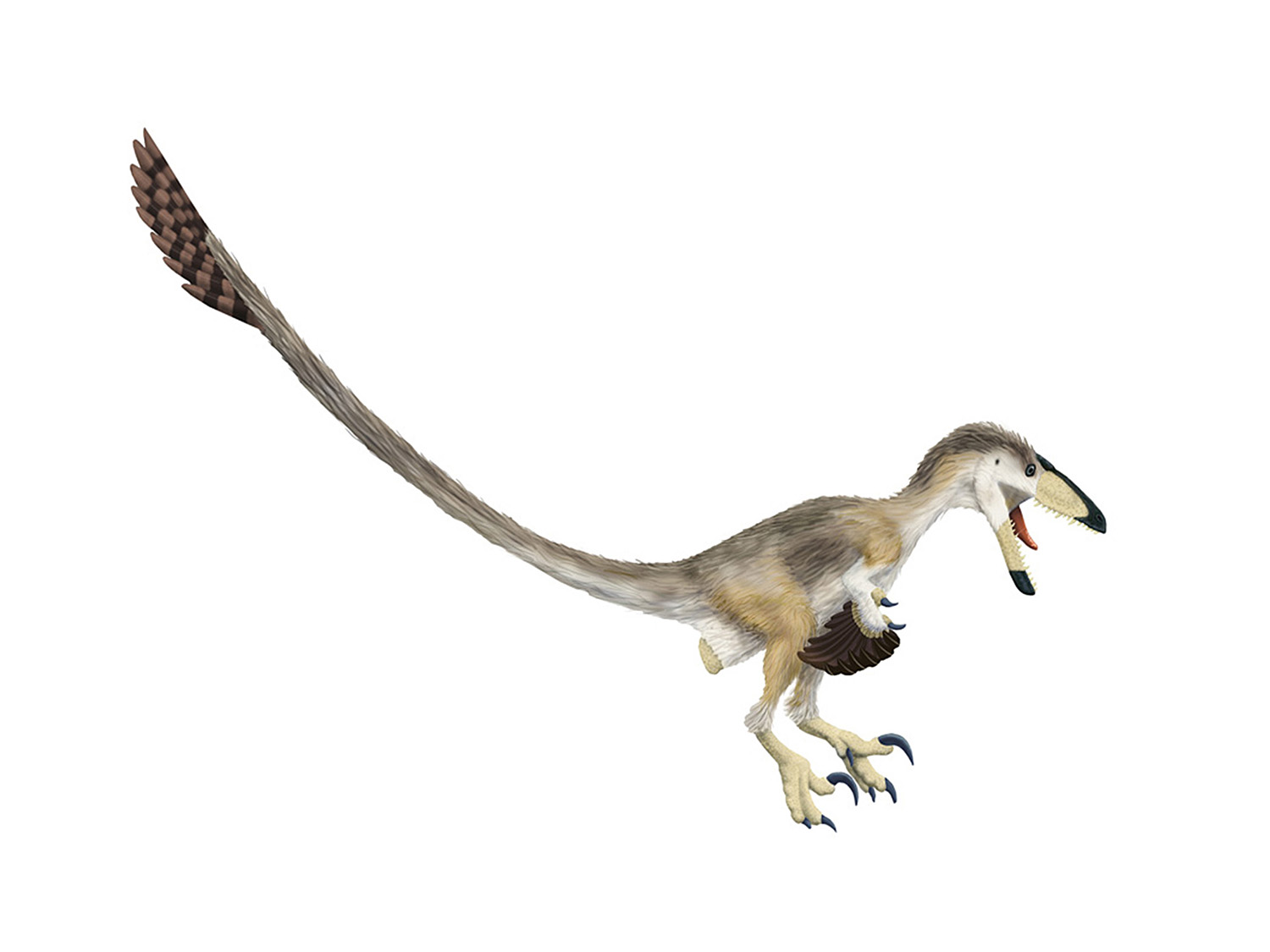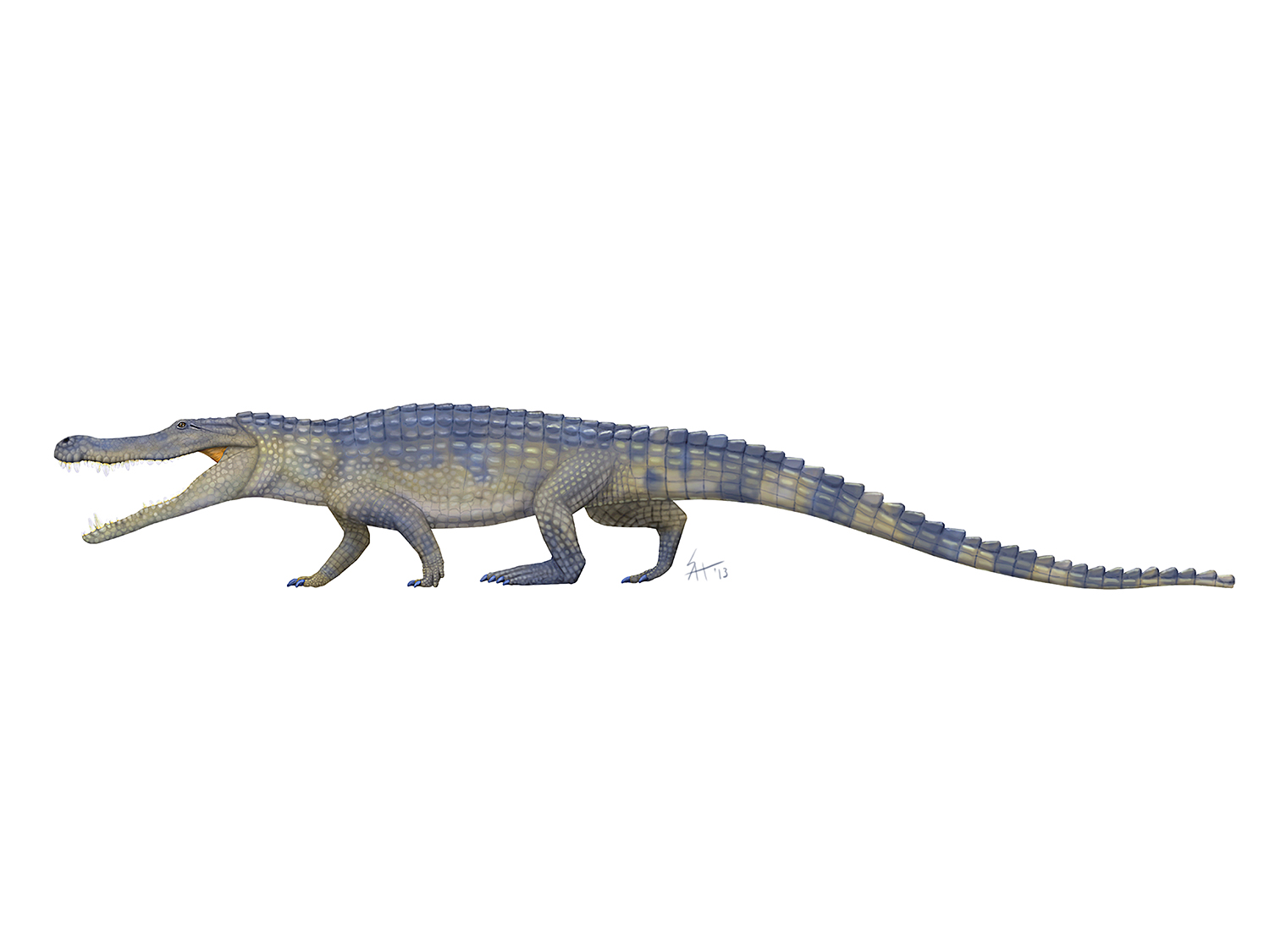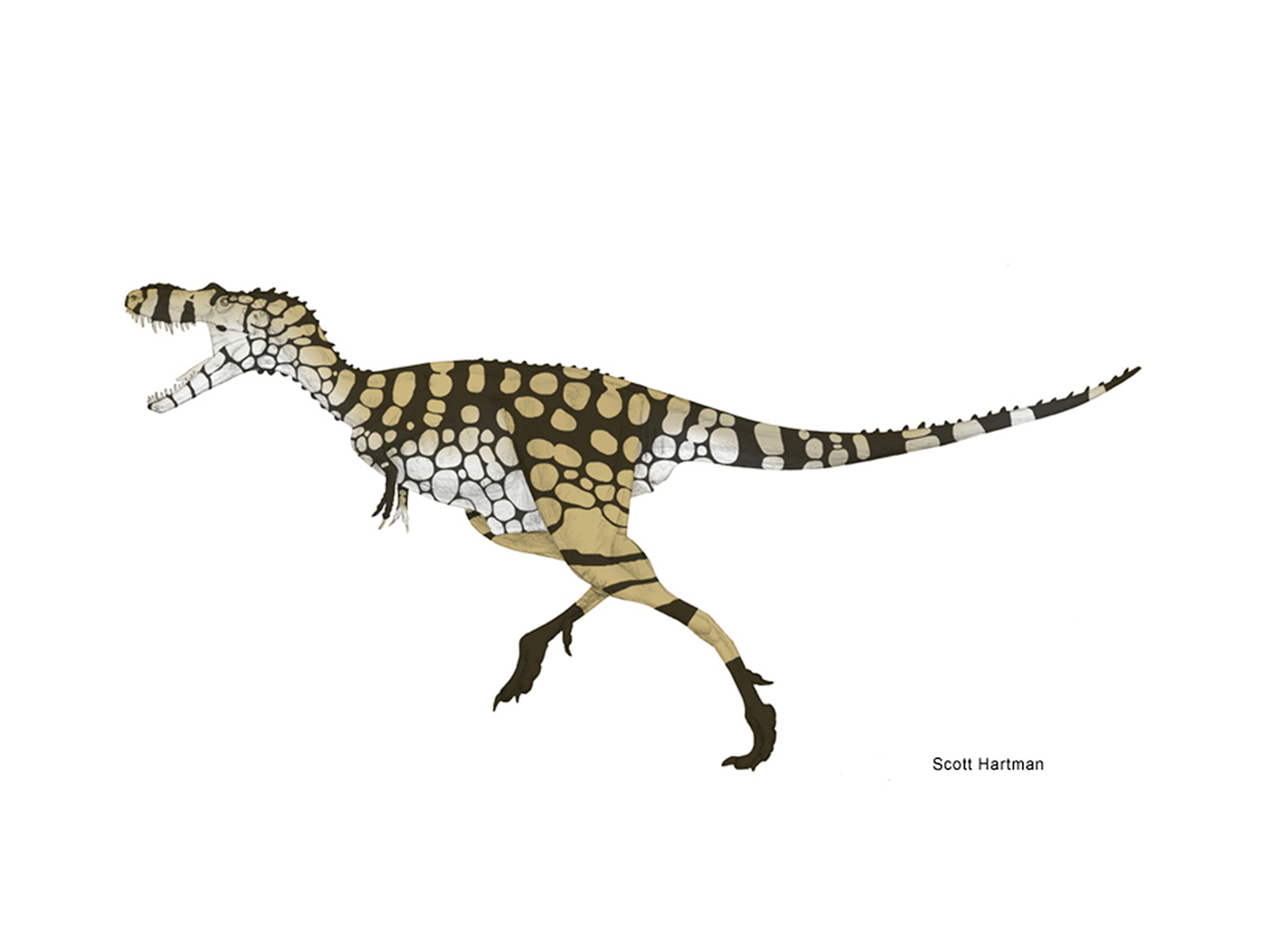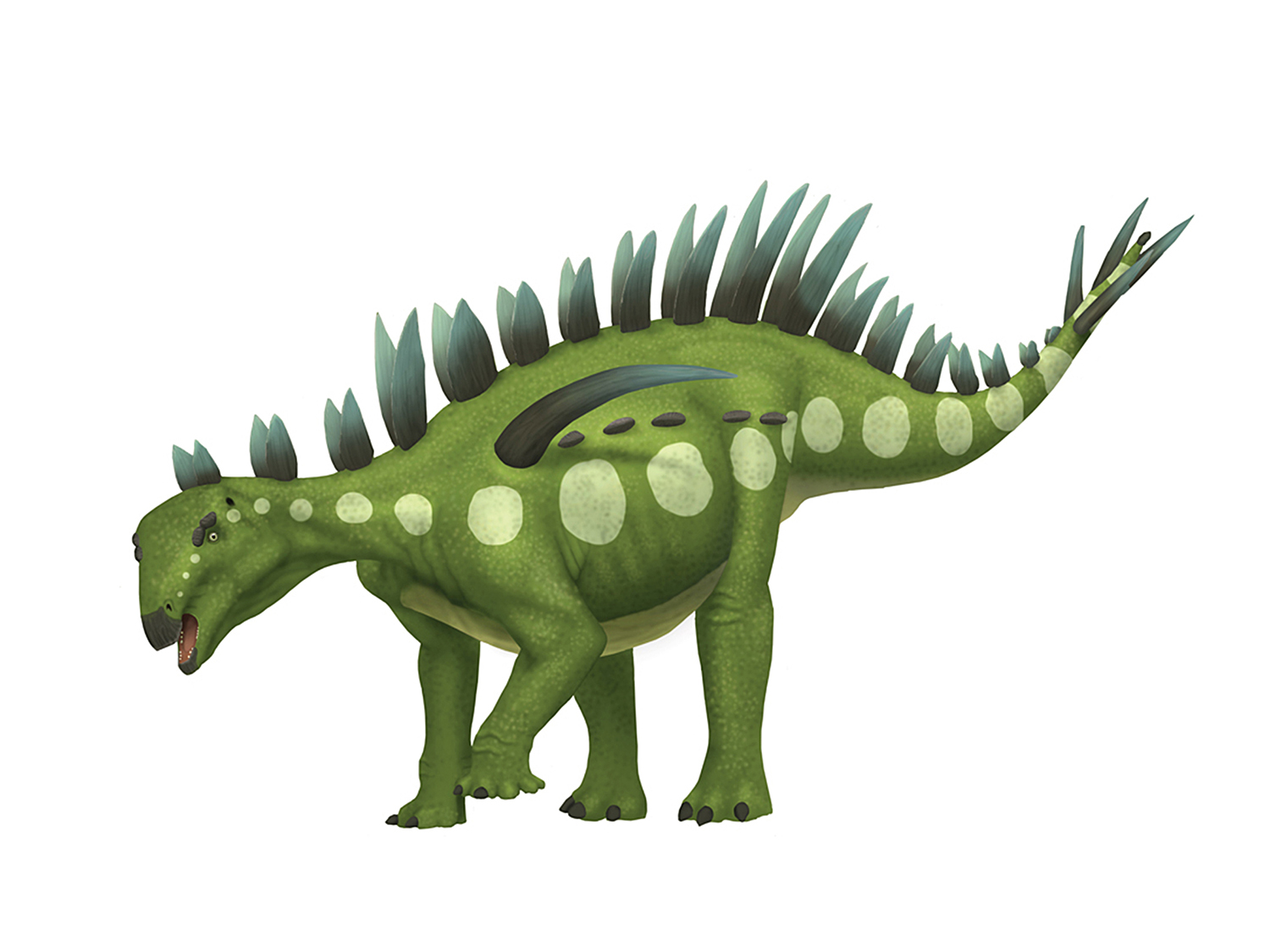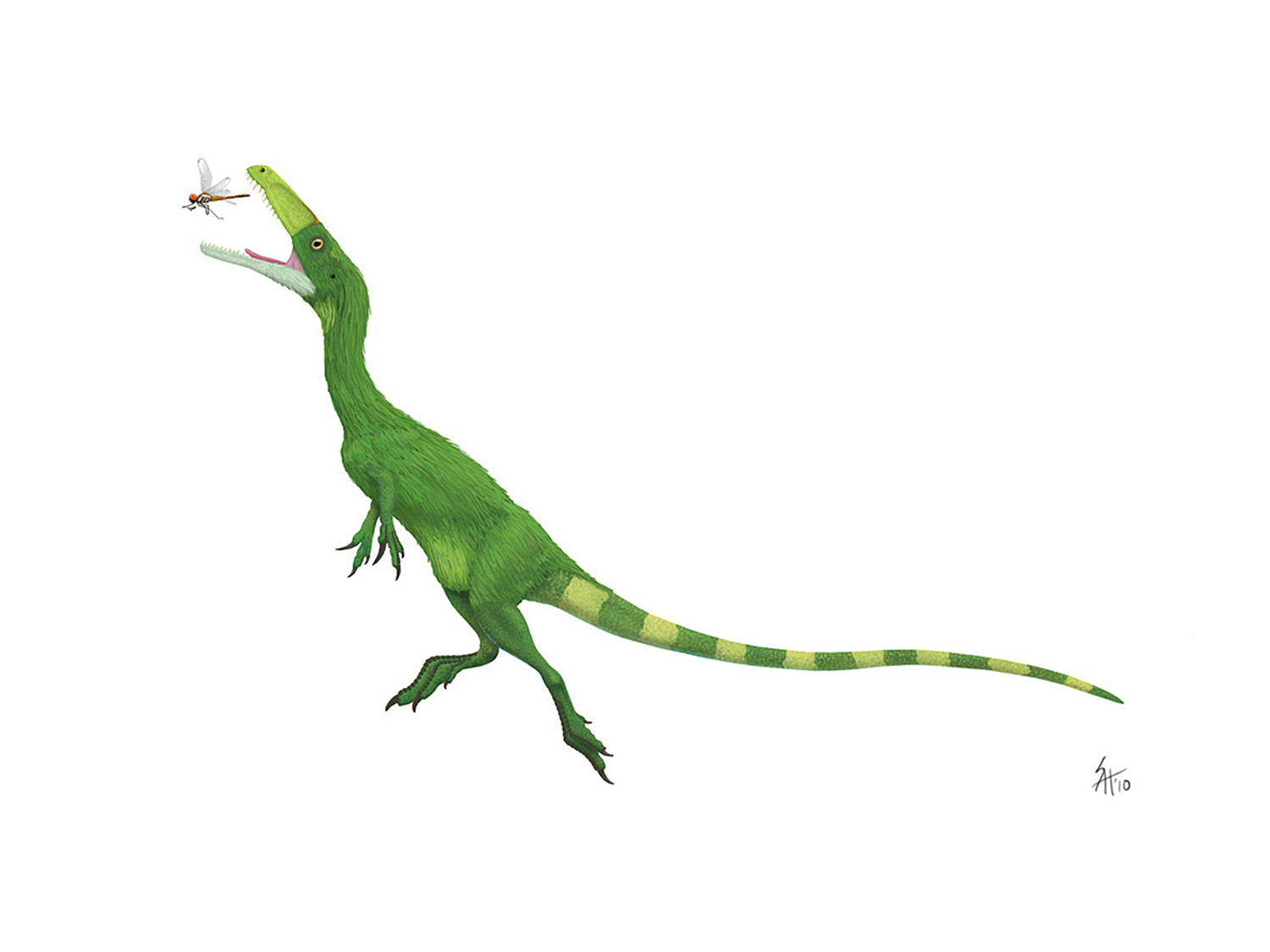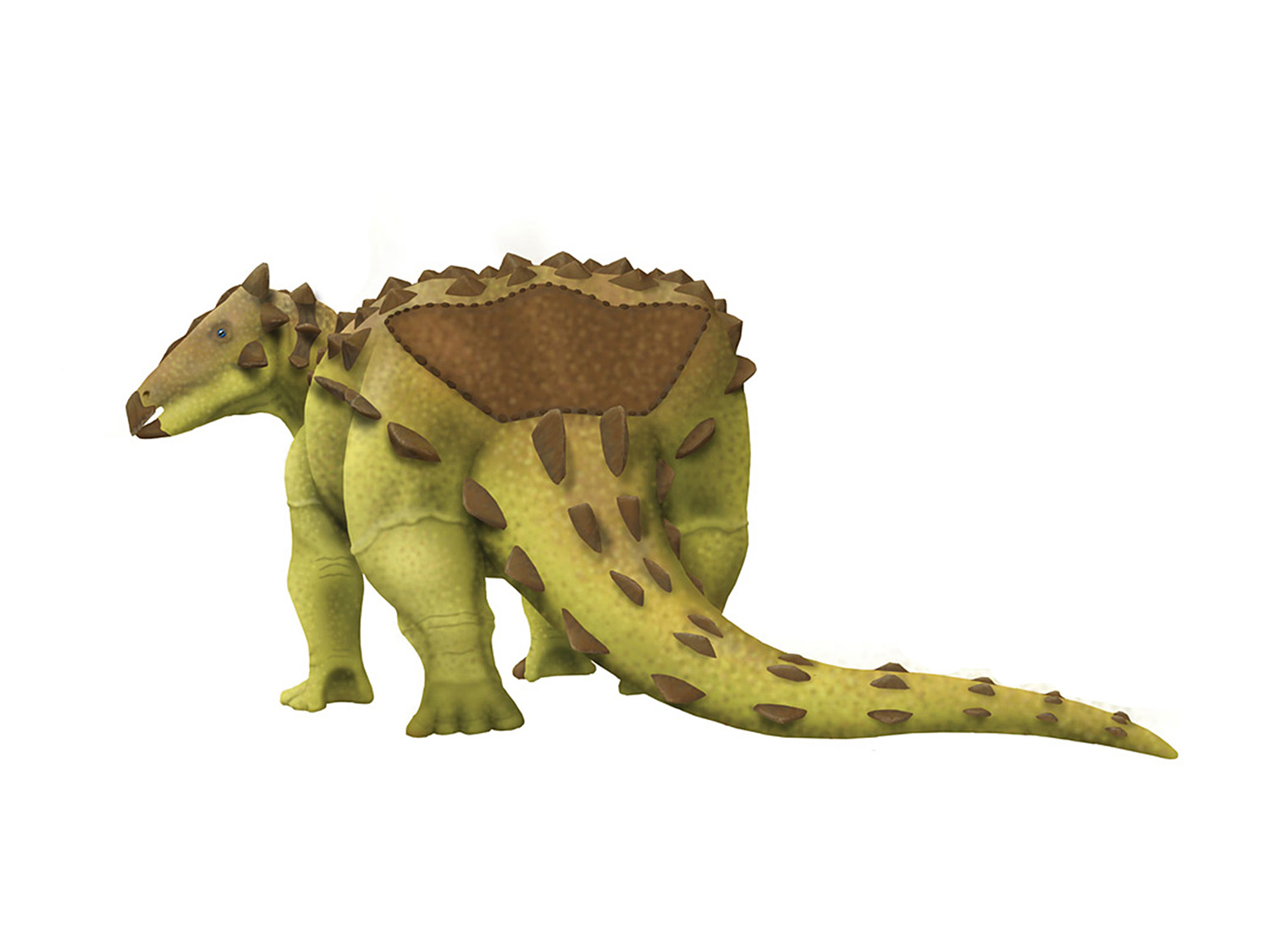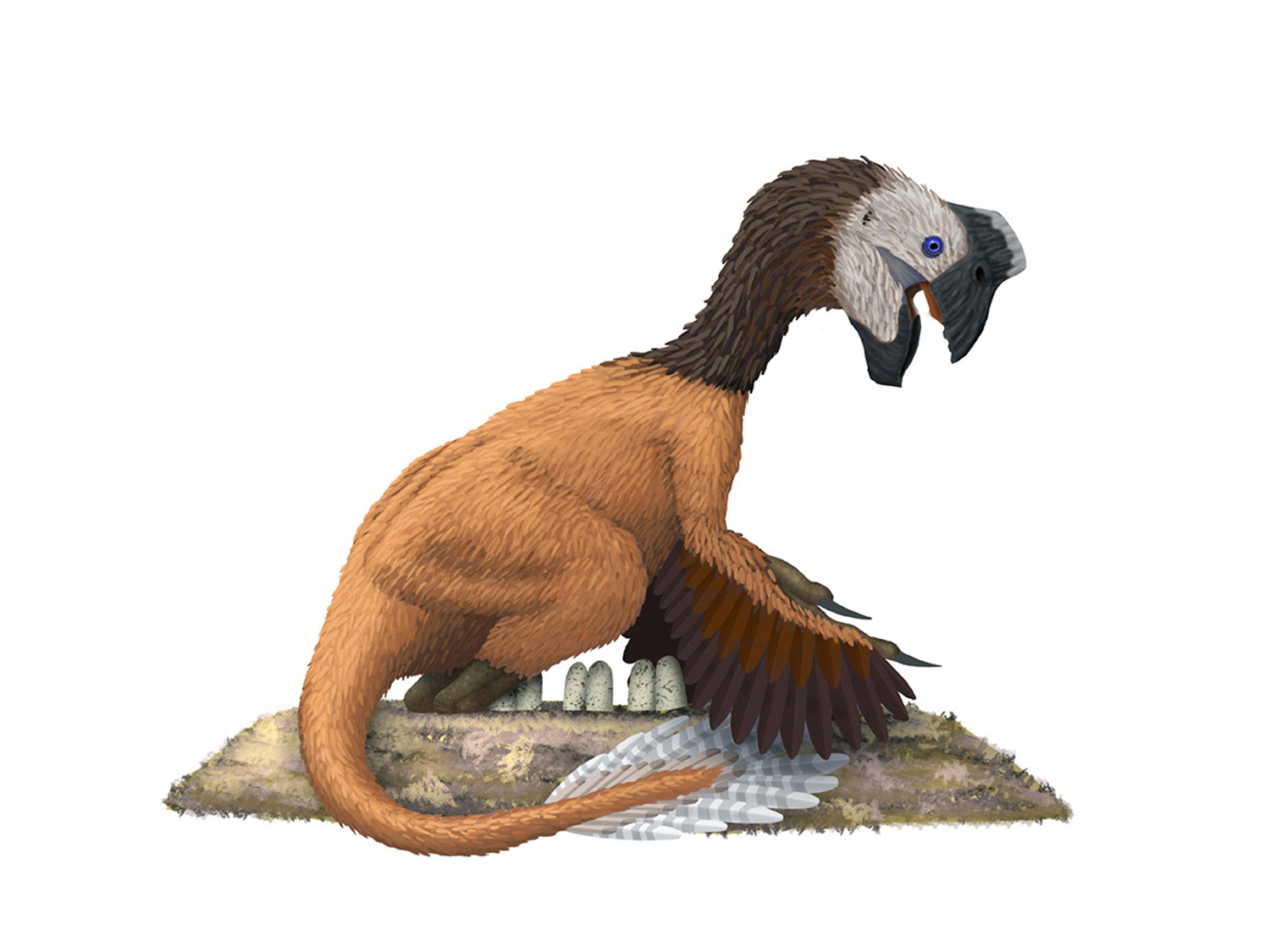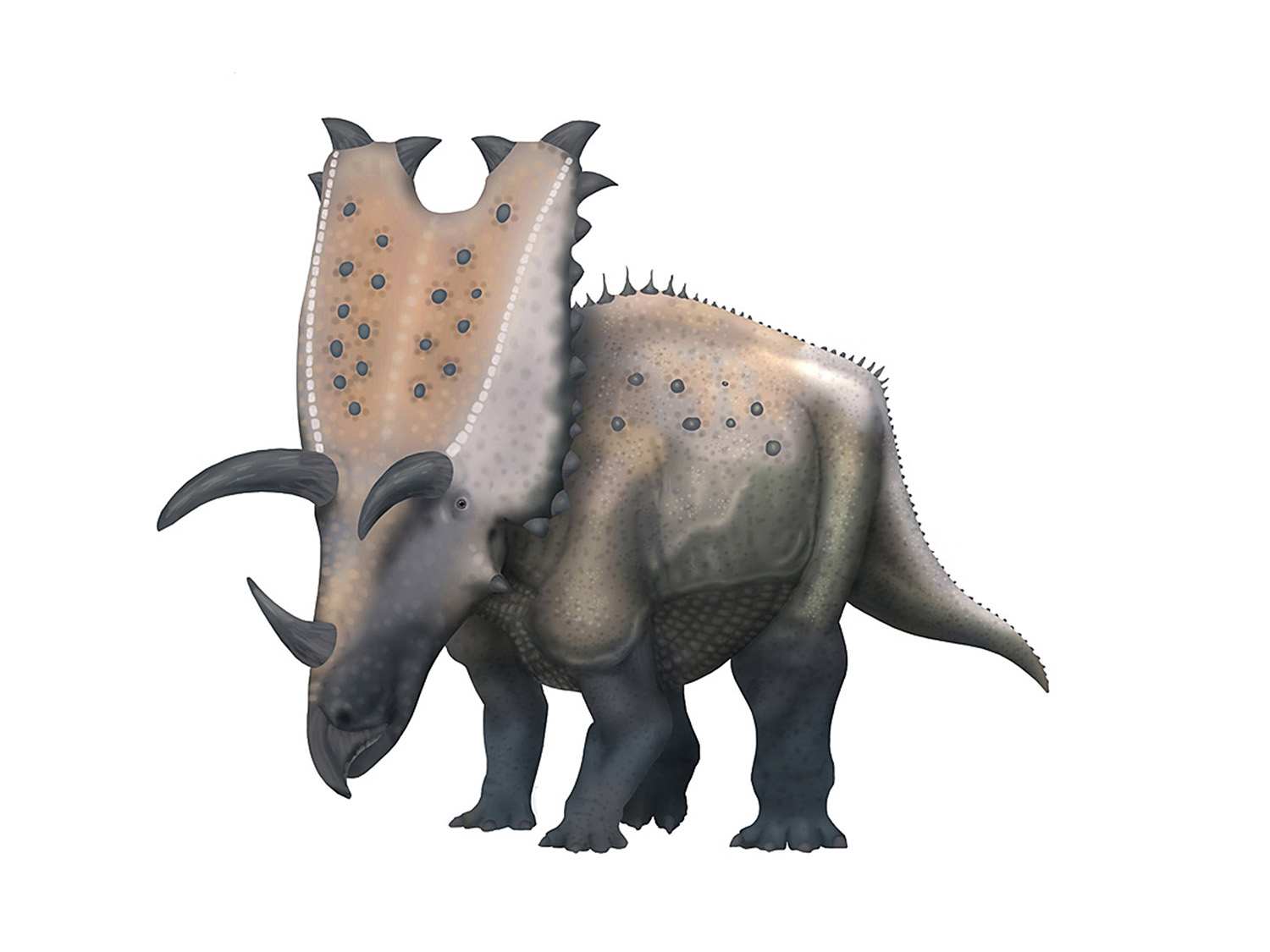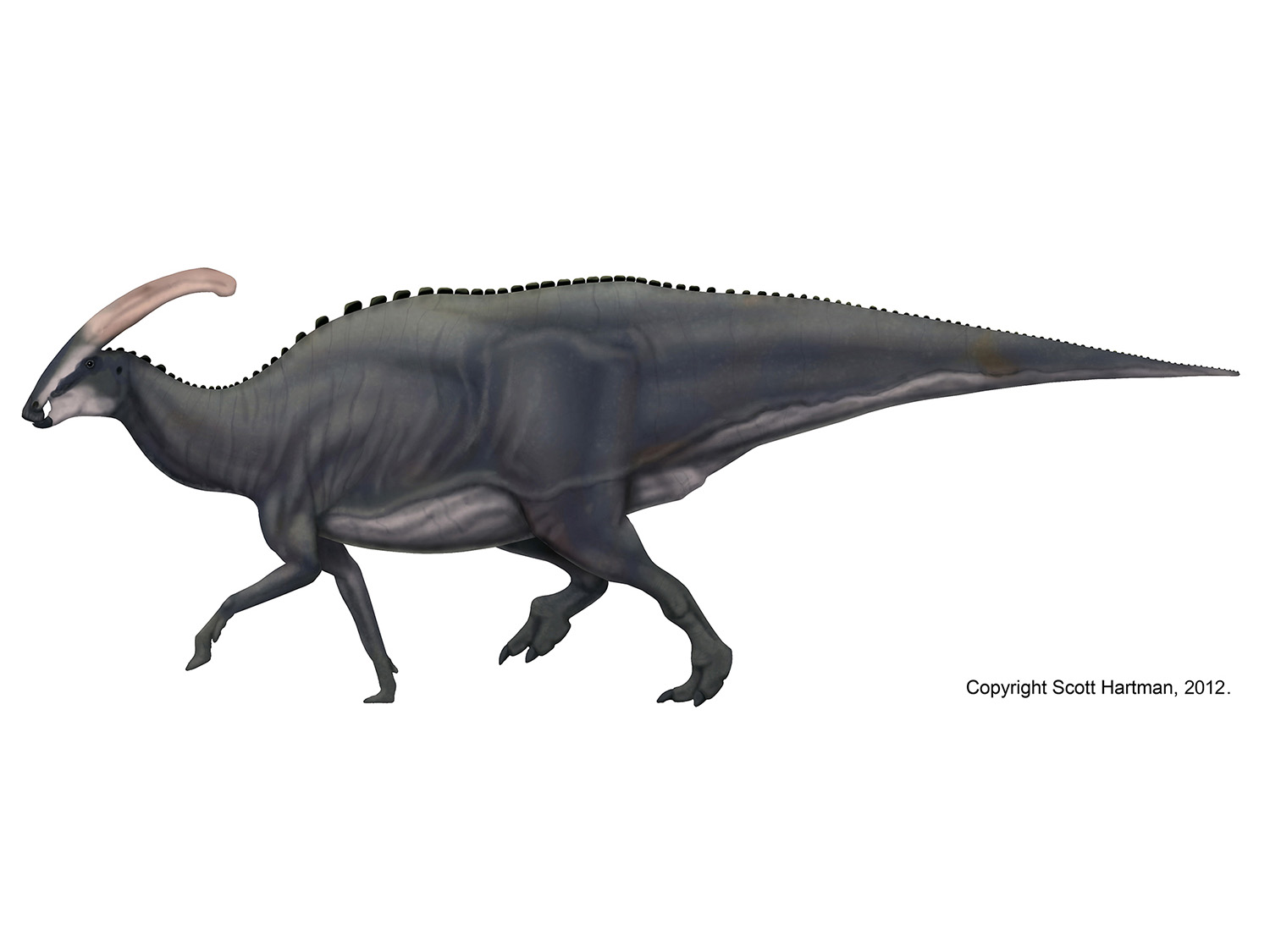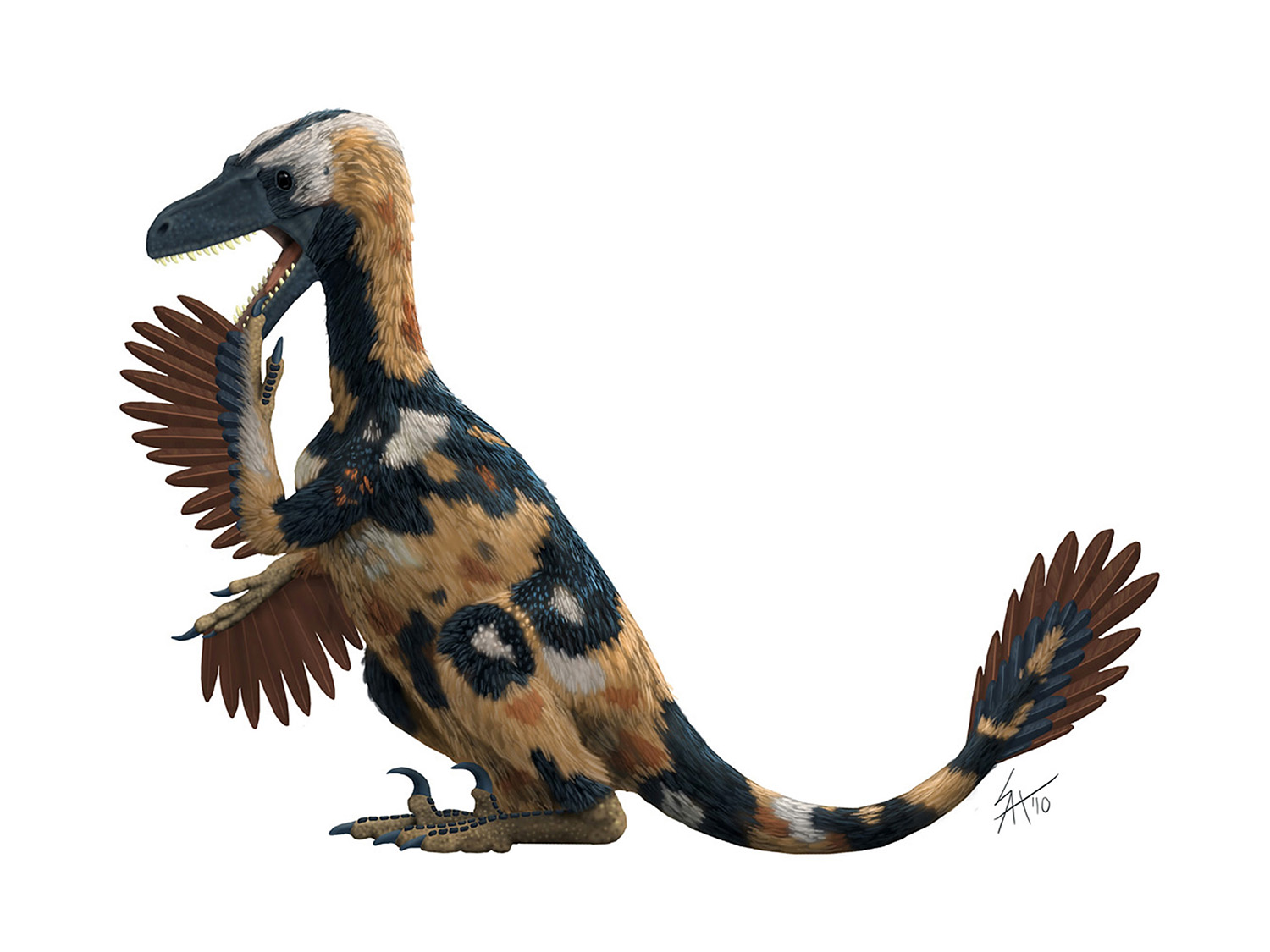Road to Spinosaurus IV: Not your father's JP3-osaurus
/Without further ado, here is my updated Spinosaurus skeletal. It does not look much like the popularized Spinosaurus from Jurassic Park 3, nor does it much resemble my prior version from 2012. While I am not following the proportions of FSAC-KK 11888, the result of investigations by Ibrahim and coauthors, Evers and coauthors, Andrea Cau, and others have indeed changed the face of Spinosaurus.
Given what was discussed in parts II and III, I don’t expect this will be the final word on the issue, but until more data (preferably in the form of more specimens) is available I am satisfied with it for now. Here are some brief points of discussion:
1) As discussed (extensively) in part III, this is scaled to match Stromer’s Spinosaurus B measurements, which I think are more likely to be Spinosaurus. Of course it’s possible that the associated Spino B material itself a mix of individuals (as Stromer believed), but until another articulated (or strongly associated) specimen is excavated under controlled circumstances this seems to me the most reasonable data points to go with.
2) When integrating FSAC morphology to fill in missing parts I’ve applied the “Spino B adjustment factor” to all of the presacral material, including the FSAC manual phalanx.
3) It is not a quadrupedal animal. To be honest this has never seemed like a reasonable biomechanical hypothesis to me. But it is still rather short-legged compared to Allosaurus or Baryonyx. Though interestingly it is pretty similar to the body length to leg proportions in Majungasaurus.
4) For the tail I have decided to extend the tapering of the dorsal sail onto the anterior-most caudals (where the neural spines are broken). In contrast, I “believed” the shortness of the neural spines in the ~7-13 range, but to be clear just about all of the neural spines in the first 1/3 of the tail are broken at the top, so no one knows the shape of the proximal tail for certain. I also did not perfectly straighten out all of the broken neural spine bits. An animal with long, thin spinous processes would have been subject to having them damaged in life, and it provides more character.
5) While I think the data is clear in supporting lips in most non-avian theropods, I am less sure about what is going on with extra-oral tissue in spinosaurs. So I wussed out and used my older convention here.
Why not?
6) As discussed in part II, there is a lot of uncertainty about the shape of the sail (for that matter, there is uncertainty about how much it might have varied between individuals). If you don’t like my interpretation feel free to do a life reconstruction with some other shape, just try to keep the first few neural spines and the last dorsal spine as-is if you are trying to match the type. Here are two more examples that also match the known fossils. Heck, if you love the M-shaped sail you can draw it too, just understand that you are doing that for aesthetic reasons, not because the data favors it.
7) If you are restoring the life appearance of Spinosaurus, note that the back muscles almost certainly reached to the top of the expanded portion at the base of the neural spines, so if you are restoring the rest as a narrow “sail,” don’t start the tall skinny part until you are clear of the neural spine expansions.
8) I agree with the Smyth, et al., (2020) neck reconstruction, but that demands a steep drop off from the sail to the anterior-most dorsals and cervicals. It wouldn’t be my first choice aesthetically, but preferences aren’t data. It also makes functional sense, if the axial muscles coming off the expanded dorsal neural spines also help to support the rather long neck and large head, especially while retracting and pulling prey or very large fish towards it/out of the water.
This post is VERY sponsored by Permia
While working with the fine people at Permia on adding new prehistoric species to their collection this summer, they inquired about whether it was possible to do Spinosaurus yet. I had been slowly working on this for a couple of years, but their request gave me the impetus to finish it. It’s always a pleasure to work with them, because there is never any pressure to do anything but produce the most accurate skeletals I can manage.
For the pose here I took a bit of artistic liberty, since Spinosaurus is long and low while sweatshirts, etc., work better with less rectangular aspect ratios. But the world is not flat! And if you prefer to picture your Spinosaurus in the water, it’s simply close to a drop off or channel. As of yesterday they have released a new line of Spinosaurus merchandise, which I highly recommend you check out (take a look at the Fossil Frenzy shirt!).
I am, of course, fond of working with Permia, but note that all their special sauce, from their conversion of what I supply to artistic vectorized interpretations, to the selection of poses and product colors, and the excellent quality of their finished products has nothing to do with me; I’m as big of a fan of those parts as anyone else.





